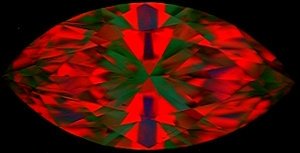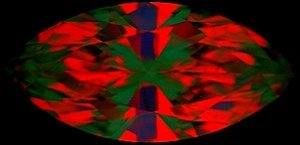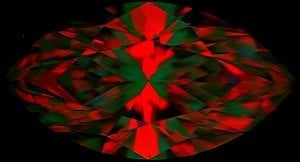The pictures do not match the gemologists recommendations Which I feel is a little strange. JA recommends diamond number 180852 and a close second is 30840 which is literally the darkest of the 3. She just said larger bowtie is why it came in second. Also they did not recommend item 180851 at all due to poor light. I think they got the pics mixed up so I called and they said no and that Aset images are just a tool and not all gemologist find it helpful when looking at the diamond and seeing it with their own eyes.













300x240.png)